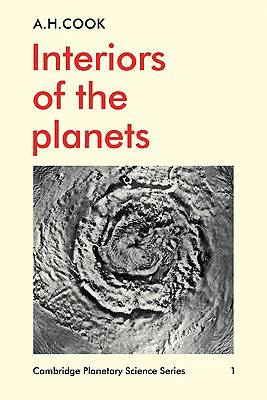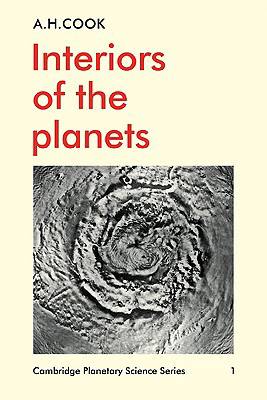
- Afhalen na 1 uur in een winkel met voorraad
- Gratis thuislevering in België vanaf € 30
- Ruim aanbod met 7 miljoen producten
- Afhalen na 1 uur in een winkel met voorraad
- Gratis thuislevering in België vanaf € 30
- Ruim aanbod met 7 miljoen producten
Zoeken
€ 96,95
+ 193 punten
Omschrijving
Planets have excited the minds of man since prehistory. In our own time planetary science has become a rapidly developing area of astronomical research, as the instruments carried by spacecraft have vastly increased our knowledge of planetary surfaces and interiors. the rocky planets of the inner solar system bear countless craters, scars of their encounters with innumerable meteorites, although the active surface of the earth has contrived to erase these features from our own planet. The outer giants, particularly Jupiter, have vigorous atmospheres, while Io, a satellite of Jupiter, has sulphur volcanoes. In this book Alan Cook explains how the mechanical properties of the planets are determined, how planetary materials behave at high pressure, and how celestial mechanics and the quantum physics of highly condensed matter may be combined to determine the general constitution of the planets.
Specificaties
Betrokkenen
- Auteur(s):
- Uitgeverij:
Inhoud
- Aantal bladzijden:
- 364
- Taal:
- Engels
- Reeks:
- Reeksnummer:
- nr. 1
Eigenschappen
- Productcode (EAN):
- 9780521106016
- Verschijningsdatum:
- 11/06/2009
- Uitvoering:
- Paperback
- Formaat:
- Trade paperback (VS)
- Afmetingen:
- 152 mm x 229 mm
- Gewicht:
- 530 g

Alleen bij Standaard Boekhandel
+ 193 punten op je klantenkaart van Standaard Boekhandel
Beoordelingen
We publiceren alleen reviews die voldoen aan de voorwaarden voor reviews. Bekijk onze voorwaarden voor reviews.











